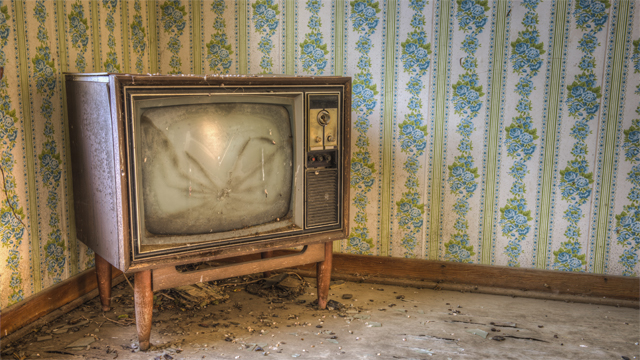I hate to bring up Pretty Little Liars again (just kidding, I don’t hate it at all, but you might). The season 4 finale was the number one tweeted show of the year, according to Nielsen Twitter TV Ratings, but, unlike a few months ago, I wasn’t there cheering my favorite high school girls on as they figured out the ever-baffling mysteries of Rosewood, PA. Between season 4A and season 4B, I got knocked by the mid-season blues and nothing that the Liars said or did could get me to pay attention to them again.
Liars had a break last August until October and then only aired one episode (a plot-stalling Halloween edition) until January. That is basically going for four months with no Liars and, by the time that season 4B began at the beginning of 2014, I had no idea what was going on with them. Sure, there are recaps, but I felt completely disconnected to the four girls’ emotional states. Who were they really in love with now? Who were they kind of mad at and why? Who did they trust at this moment and who was up to something shady? In a way, following a TV show is like having a long distance relationship; your partner has to check in regularly and have a consistent personality. But for this show (and many others), the plot is too shifting and complex and the characters are too inconsistent and fickle for the show to disappear for so long in the middle of a season, which supposedly has some sort of arc.
I'm not alone in this feeling. Numerous friends have lost interest in equally gripping shows during mid-season breaks: Nashville, Scandal, Glee, etc. There are plenty of legitimate reasons why shows go on hiatus during the middle of a season (presidential debates, huge sports events like the Olympics, holidays, and more internal things like labor contracts for writers and actors). But one of the major reasons that there are breaks is because networks prefer to not air a show if the timing might affect their ratings (because viewers are doing things like spending time with their families during winter break) or this thing called sweeps, in which Nielsen does intensive viewer diaries every quarter that will affect overall ratings. Networks stretch out their seasons so that episodes can fall during those months of sweeps.
This makes sense; a TV show won’t live on if its ratings aren’t decent, but it seems that altering a TV schedule to get better ratings harms a viewer’s personal connection to the characters. Apparently, overall ratings aren’t hurt by the breaks (again, Pretty Little Liars was the most tweeted about show of the year), but with the rise of original streaming programming from Netflix and Hulu, we’re seeing that binge watching is changing the way that we enjoy TV.
To figure out how being able to stream a whole season of your favorite show affects viewing habits, Netflix employed cultural anthropologist Grant McCracken to study and interview viewers while they binged on television. The definition of binge watching differs, but McCracken defines it as watching two to three episodes per night and finishing a season in a week. With this kind of approach, watching television became more deliberate, more focused, and a more contemplative activity. Instead of surfing channels out of boredom, binge watchers develop a more critical point of view. Now, I’m not necessarily saying that watching a lot of TV at once is going to make us smarter, but the form of dropping a whole season at once allows shows to be more coherent, cinematic, and meaningful.


